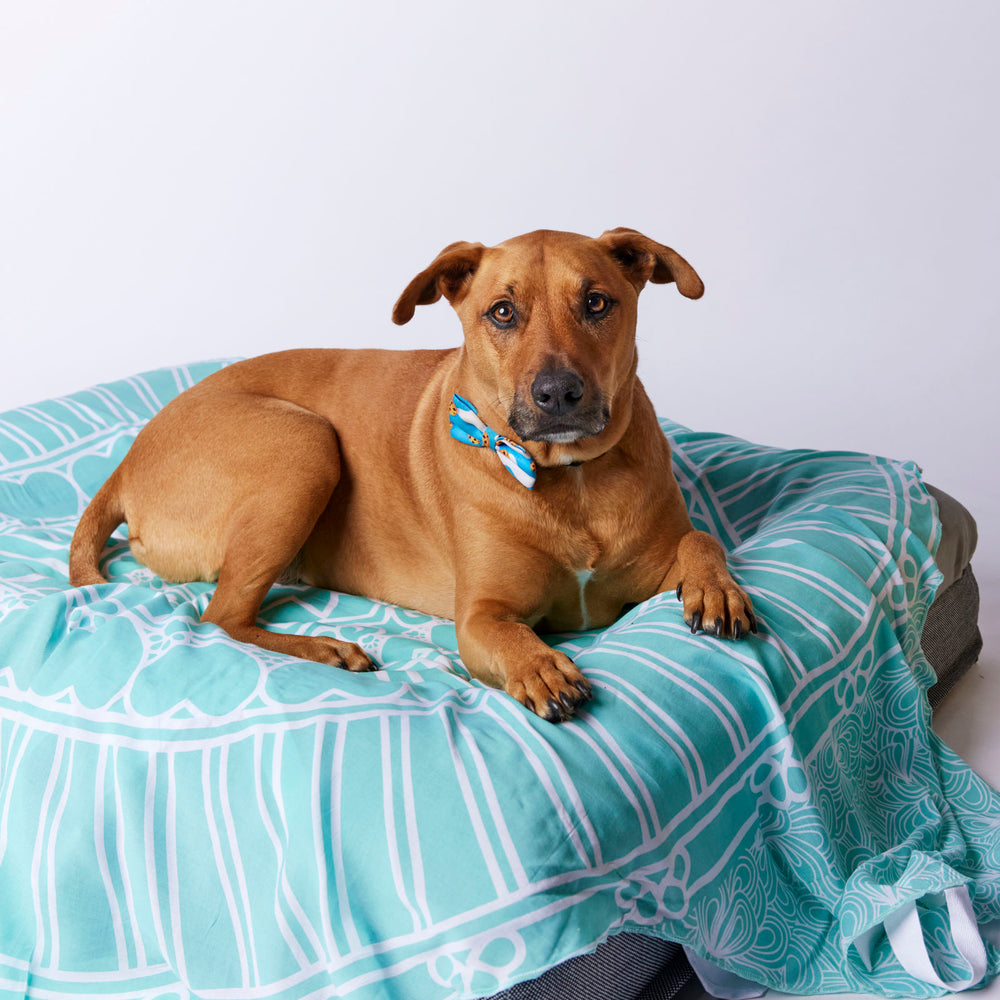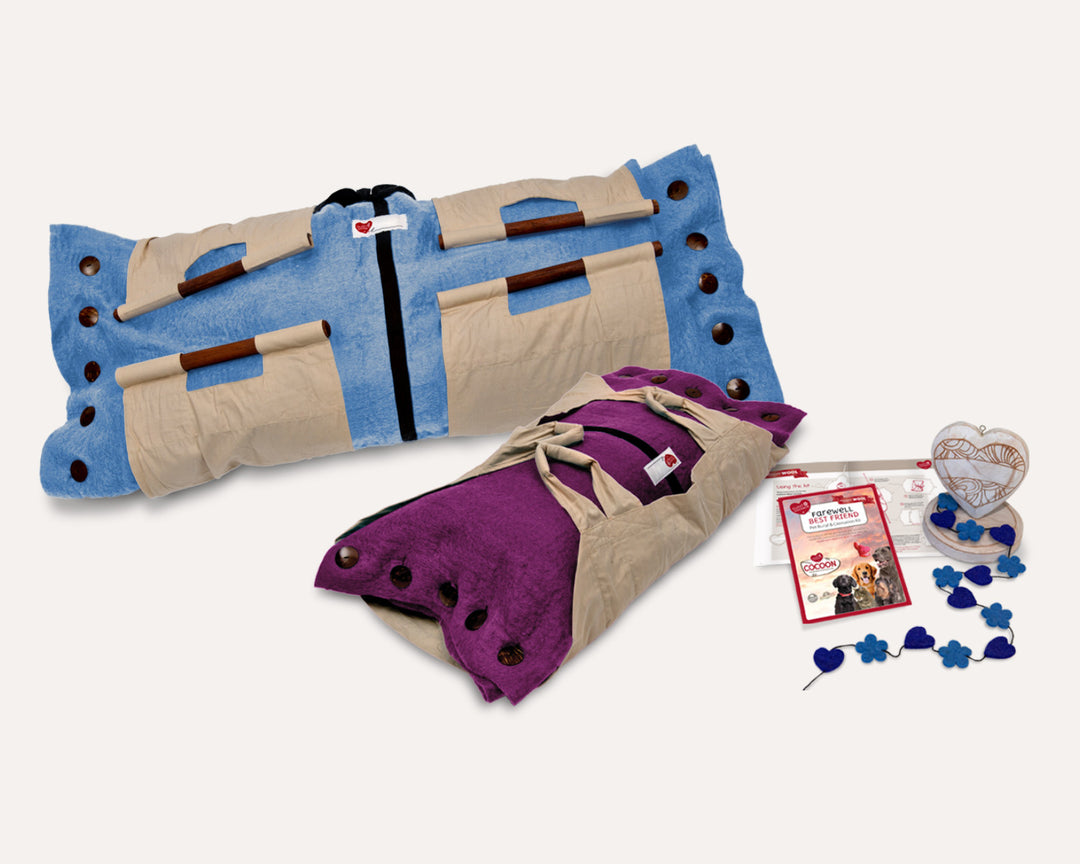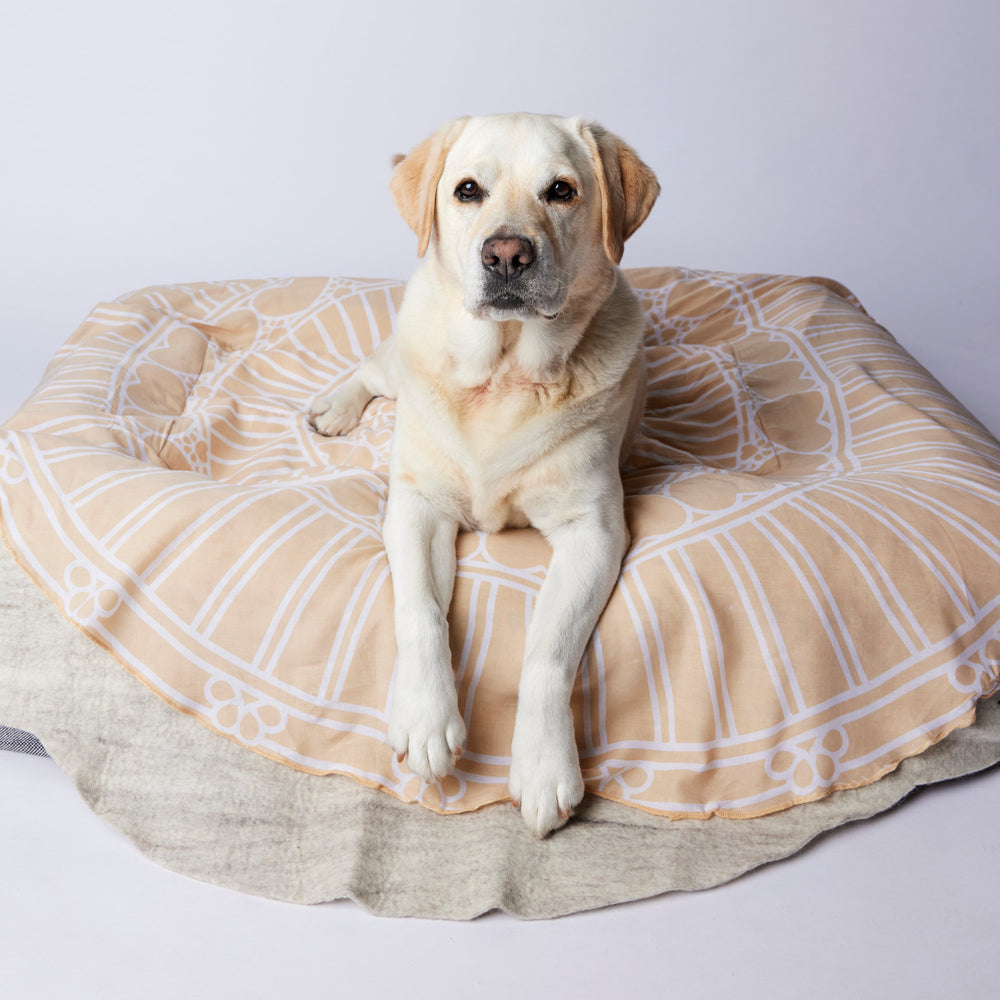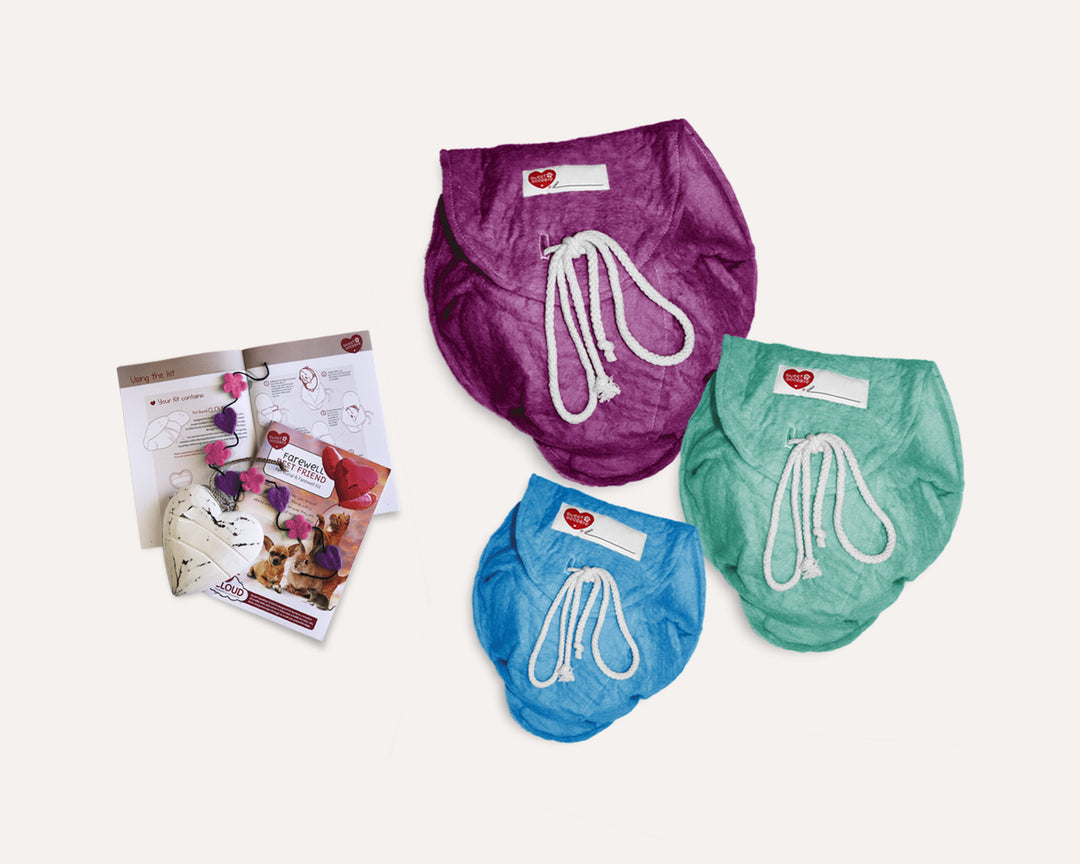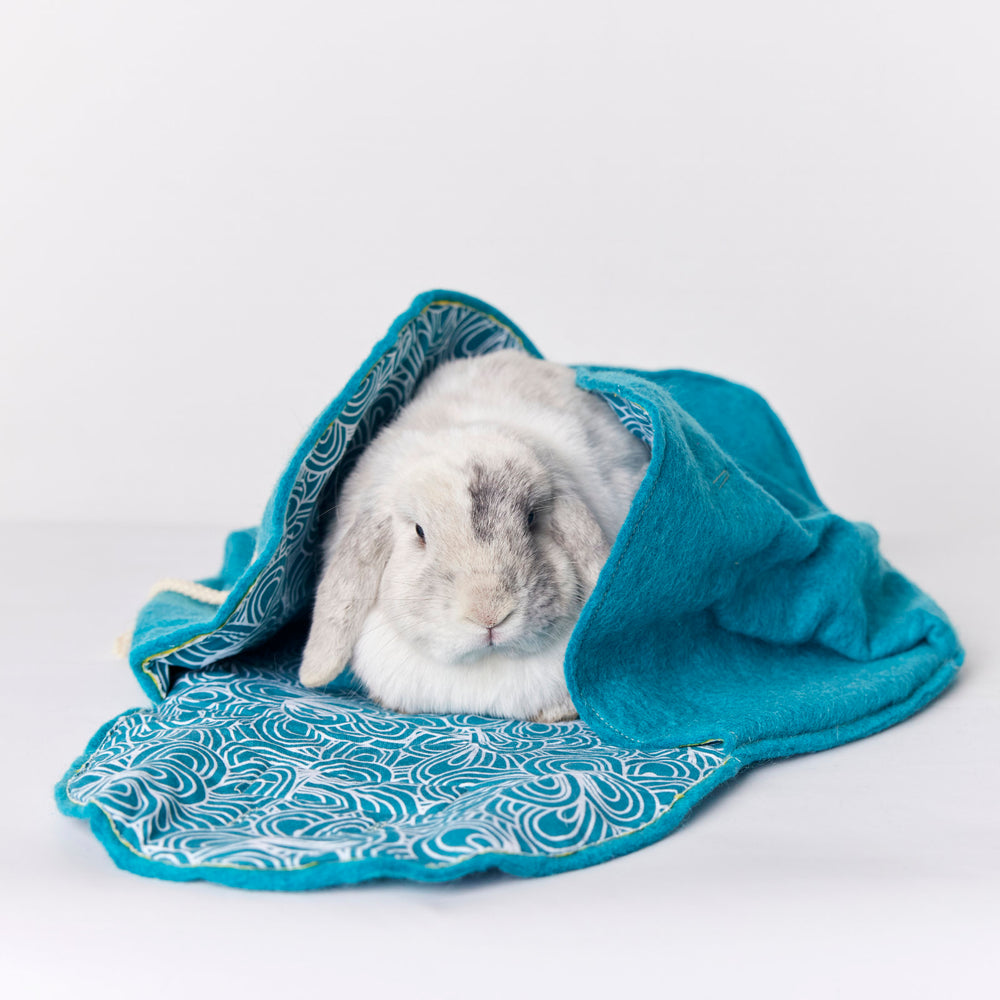Approaching Your Senior Pets Final Days: What To Do

While the last few years you get to spend with your pet can be filled with joy, it can also be the start of a difficult process for you and your family. As your pet gets older and their needs change, you might find they need a lot more attention (and more of your time!) - but there are things you can do to make the most of their 'golden years'. We've put together some of the most important steps to create a comfortable environment for your pet, as well as making sure you're easing the emotional stress for yourself.
Every pet’s circumstance will be different, so there is no one size fits all approach on what to expect with end-of-life care. It is always important to speak with professionals on the best care for your pet based on their specific needs. That being said, there are some general steps that you can take expect to pay greater attention and care to for your older pet.
Tailor their physical environment
Altering your pet’s environment to suit their changing physical needs can be a great way to support your pet as they experience challenges such as body aches and pains, lack of mobility or energy and incontinence. Steps that can alleviate discomfort include:
- Consider where basic necessities such as food, water and sleeping and bathroom areas are available to them and if there any access barriers to remove e.g. stairs, greater elevation or a slippery flooring surface.
- Ensure that the spaces that they are spending most of their time are as temperature controlled and quiet as possible.
- Look for any ways to reduce disorientation. This could look like ensuring spaces are well-lit or furniture is rearranged to create clear paths to common areas for activity.
Take them for regular medical visits
It’s often recommended that checkups to the vet become more frequent as your pet becomes more vulnerable to illness. Particularly as your pet’s condition may change or decline at a greater pace, or become more complex, regular consultation with a professional can ensure you are well-equipped to provide the right care. Pair these visits with regular monitoring and noting of any changes in physical appearance or behaviour so that you can provide an accurate and detailed report to your vet. Some of the things to keep an eye on are:
- Changes in pet skin or fur by keeping on top of at-home grooming
- Behavioural or personality changes
- Notable weight loss or gain
- Notable shifts in their energy levels
Focus on their nutrition
Providing adequate nutrition and maintaining a healthy weight is key to caring for your pet’s condition - particularly if they are experiencing a lack of appetite as they near the end. While they may not be doing their usual activities and being as active as normal, energy and nutrients can still be drained when their body is fighting disease. You can work with your vet to determine changes to your pet’s diet that are best suited to their current needs - for instance, there are dog foods that are higher in Vitamin A to promote organ and dental health. Alternatively, you can also make food more palatable to a pet with changing needs. This could look like switching to wet food, warming their food or hand feeding.
Plan Ahead
Dealing with the inevitable early, can make a huge difference to the distress later (and additional shipping fees). Just as with a family member, it’s so important to plan ahead if your pet is approaching their final days. While it’s not possible to ever completely prepare for the loss of a pet, there are some practical things that can be planned ahead that will help ease the emotional grief when that sad time comes. Having a Sweet Goodbye Pet Burial & Cremation Ceremony Kit at home and ready for that fateful day will make things easier for you to properly honour your beloved pet. What’s more, the blanket provided in the Kit can be added to existing bedding ahead of time, so it becomes the pet's blanket that they love.





